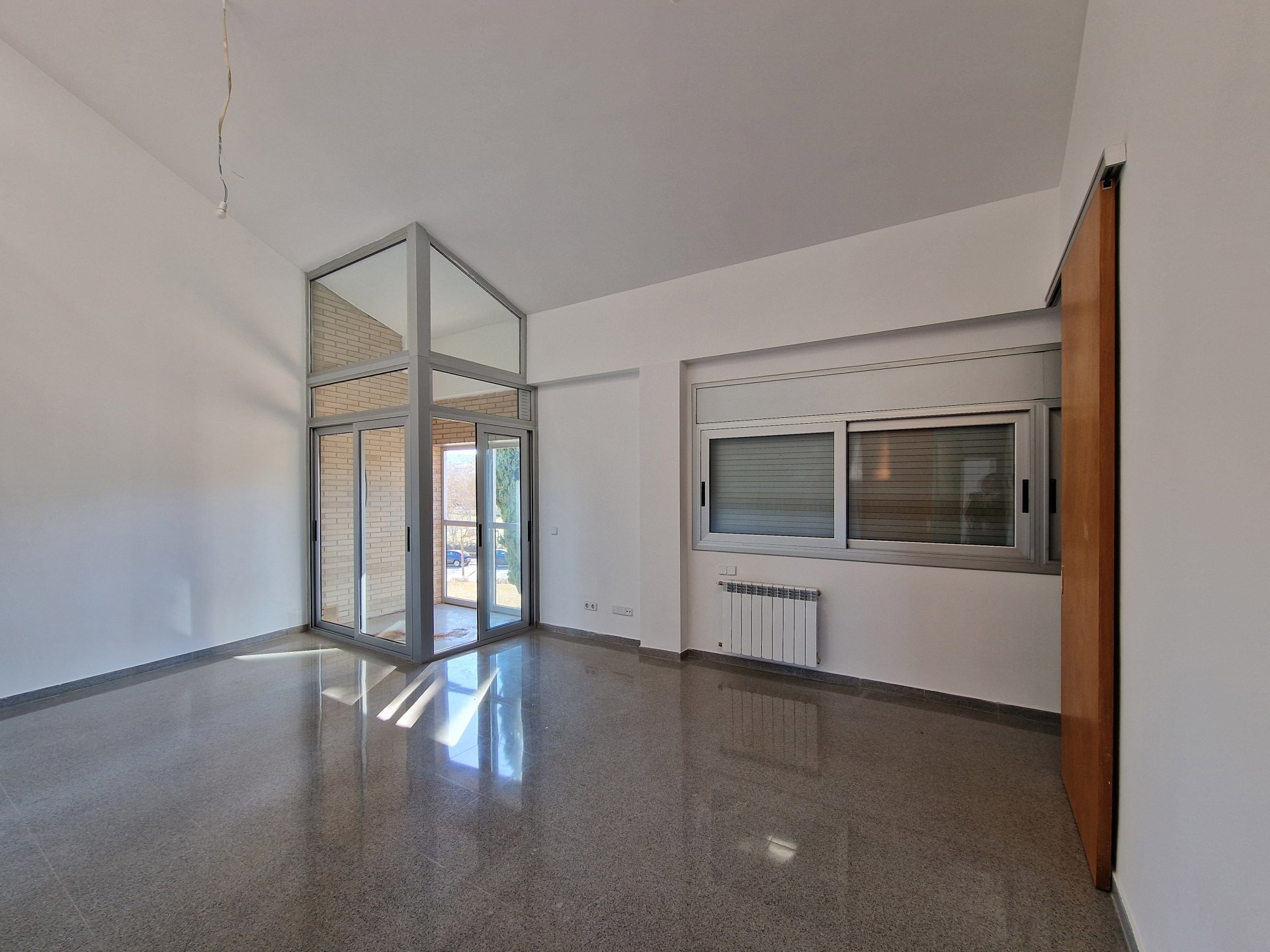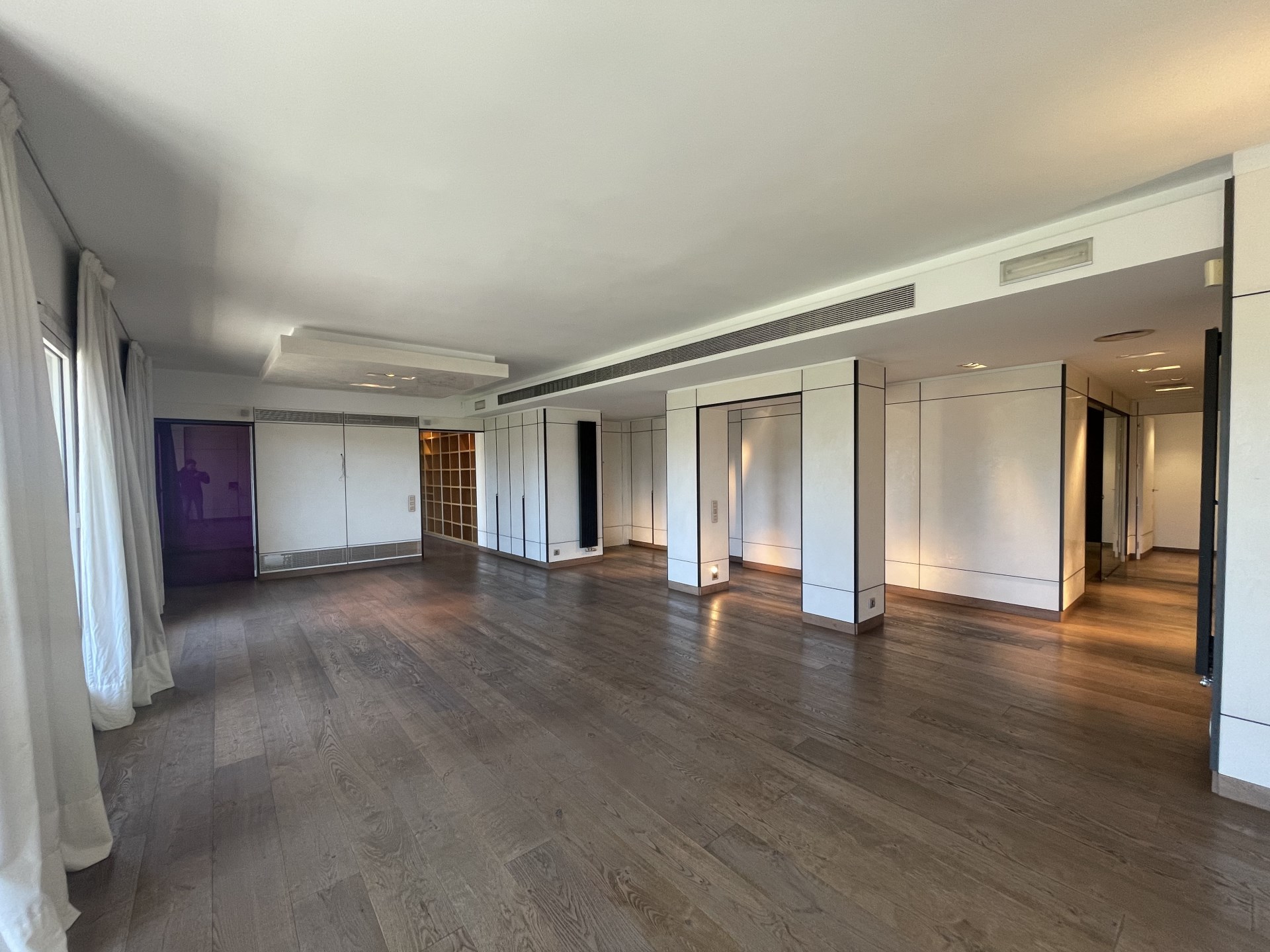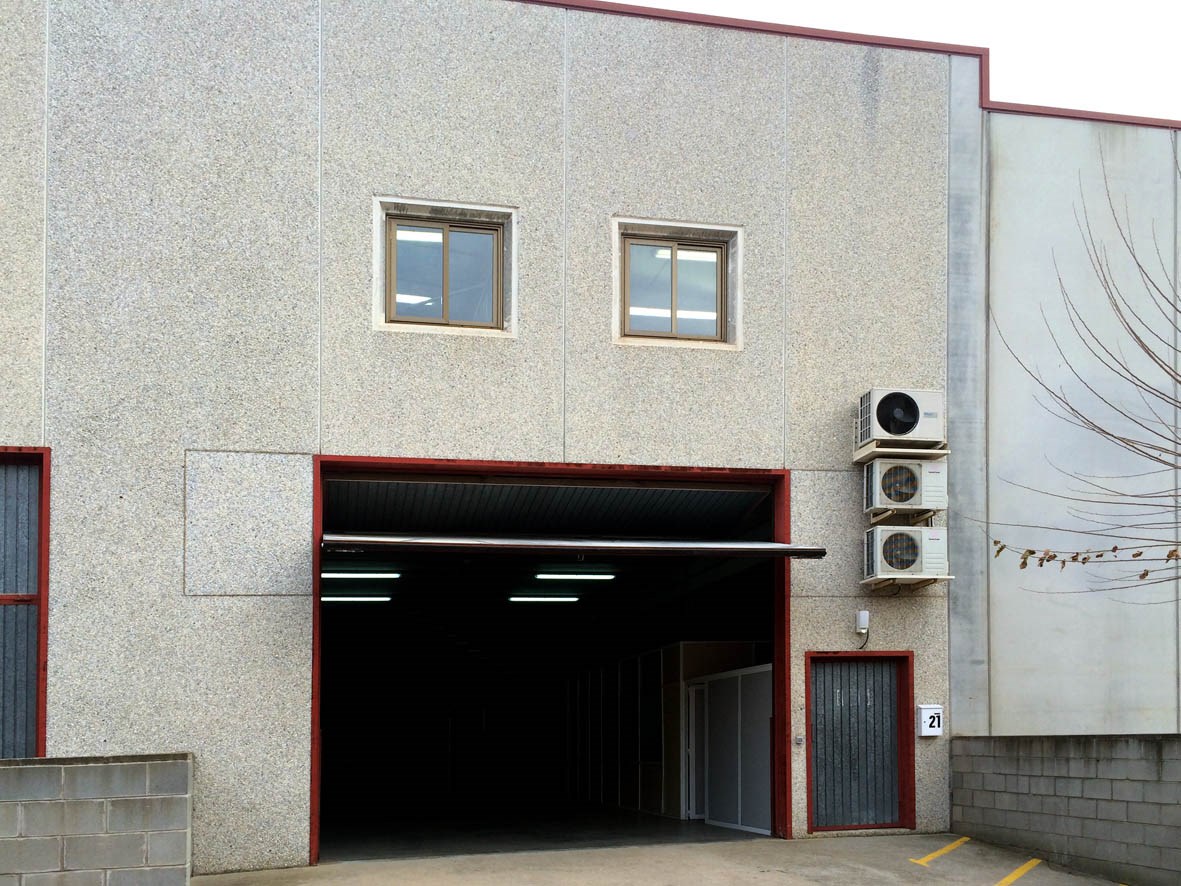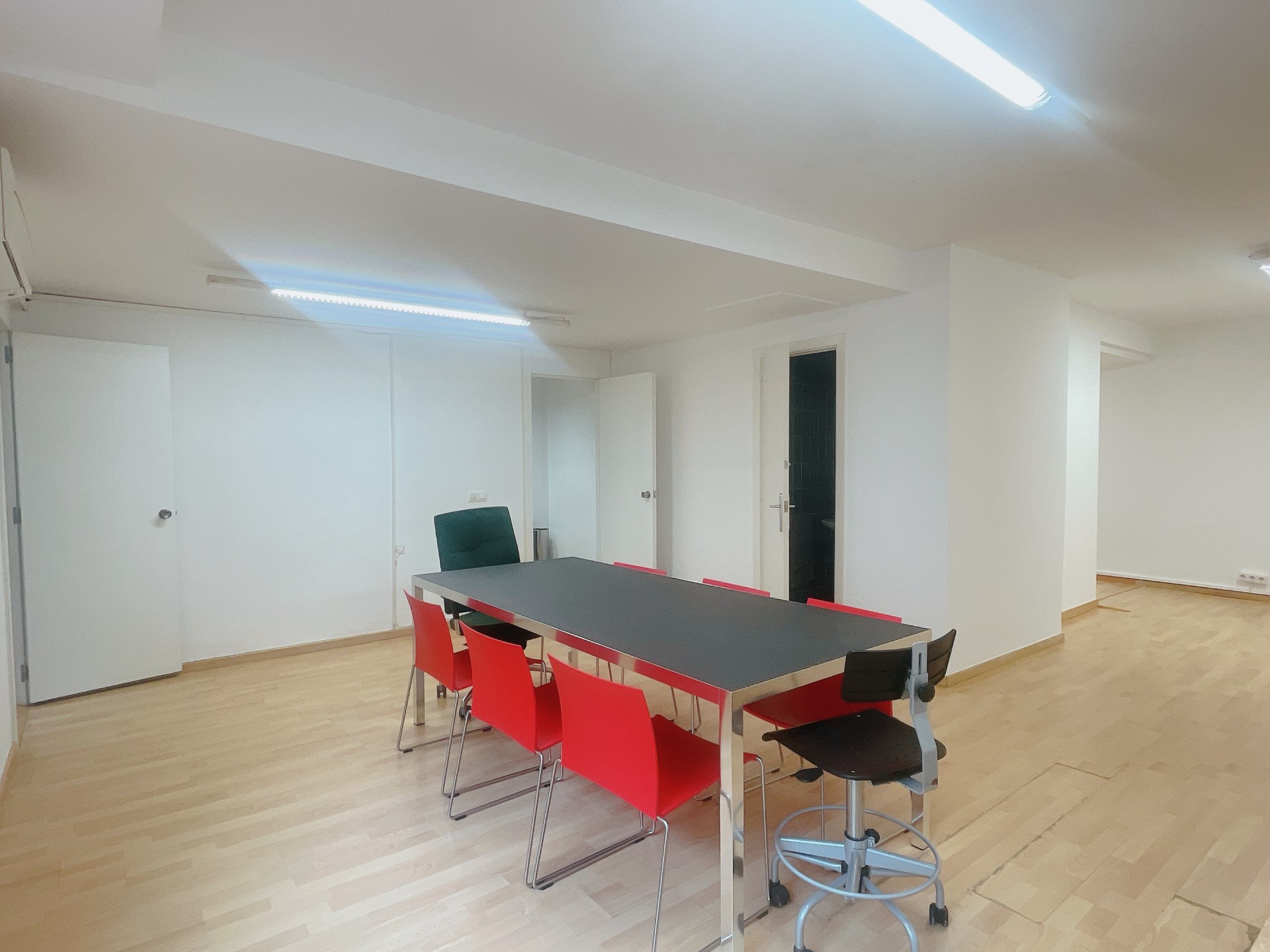How to remove humidity?

Humidity is not only one of the most common problems in homes, but it is also the main cause of respiratory diseases in people living in buildings or houses with humidity, which, believe it or not, can be avoided. That is why in today’s entry we present you different ways to remove moisture from your home. There are the same types of humidity as causes, so we will separate these tips according to the type of humidity.
- How to remove wetness by filtration: Whether by balconies, floors or walls, wetness by filtration can be avoided by placing a foil that prevents water from coming into contact with floors and walls, a method called waterproofing. The ideal would be to use the type of liquid waterproofing that allows a uniform film to be created. These are easier to apply. For this type of moisture, the most suitable sheets would be flexible cements.
- How to remove moisture by capillarity: These come from the ground and can originate in buildings, whether old or modern, because it is water that is present in the ground in contact with the construction and diffuses through it in an ascending way through the pores of the materials. To avoid its rapid deterioration in homes and its unpleasant aesthetic effect, you must act inside, slowing the rise of the water by injecting into the wall a barrier that prevents its capillary ascent and superficially waterproofing the wall at least half a meter above the highest point of the level where the humidity has arrived. The way to act outside will be to apply to the walls sanitized, highly breathable macroporous mortars, which facilitate the evaporation of moisture.
- How to remove moisture by condensation: Humidity by condensation appears inside houses due to moisture in the form of steam that produces a thermal shock, transforming into liquid water, causing the proliferation of fungi and mosses in the walls and other areas. To avoid them, you must balance the temperatures between the outside and the inside of the house by either opening windows or cutting the thermal bridge with a thermal insulation, a technical solution that passes through the outside, avoiding that imbalance between temperatures and, in addition, allowing savings in consumption.
- Accidental humidity: Accidental humidity (for example, the rupture of a pipe) must be remedied according to its source of leakage.









